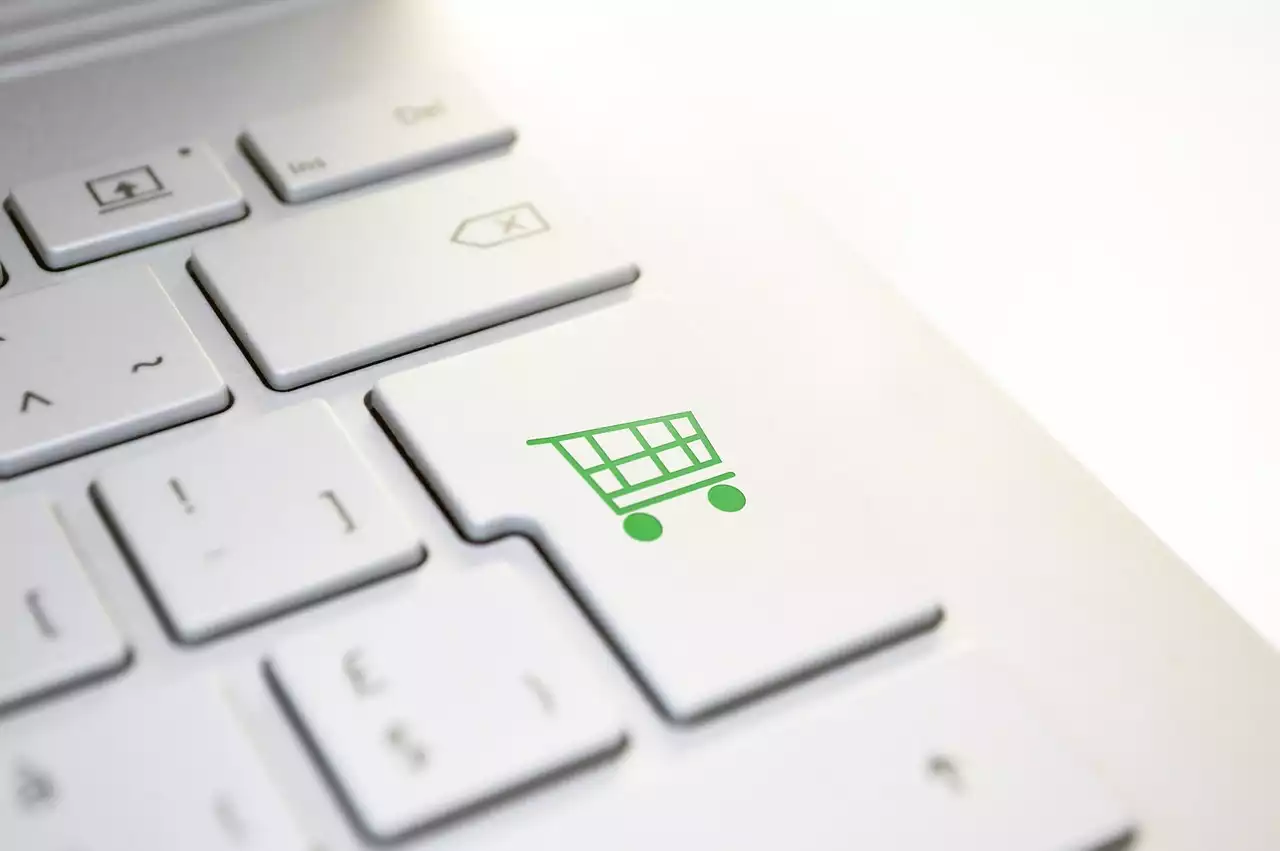Choosing the right Shopify plan
The first step to setting up your Shopify store is choosing the right plan. Shopify offers several plans to choose from, each with its own set of features and pricing.
The Basic Shopify plan is the most affordable and is perfect for small businesses just starting out. This plan includes all the essential features you need to set up your online store, including the ability to sell an unlimited number of products, 24/7 support, and the ability to accept credit card payments.
If you're looking for more advanced features, the Shopify plan may be a better option. This plan includes all the features of the Basic Shopify plan, plus gift cards, professional reports, and the ability to create custom discount codes.
Finally, if you're a high-volume seller, the Advanced Shopify plan may be the best option. This plan includes all the features of the Shopify plan, plus advanced report building, third-party calculated shipping rates, and the ability to create up to 15 staff accounts.
No matter which plan you choose, make sure to carefully consider your business needs and choose the plan that offers the features you need to succeed.
Customizing your Shopify store
Once you've chosen your Shopify plan, it's time to start customizing your store. The first step is to choose a theme that matches your brand and style. Shopify offers a wide range of free and paid themes to choose from, each with its own set of customization options.
Once you've chosen a theme, it's time to start customizing it to fit your brand. This includes uploading your logo, choosing your color scheme, and adding any custom images or graphics that represent your brand.
In addition to visual customization, you'll also need to customize your store's navigation and layout. This includes organizing your products into collections, creating pages for your About Us and Contact Us information, and setting up your homepage to showcase your best-selling products or promotions.
Remember, your storefront is the first impression that customers will have of your business, so make sure to put time and effort into creating a stunning and user-friendly design.
Adding products to your Shopify store
Now that your storefront is set up, it's time to start adding products to your store. To do this, simply navigate to the Products section of your Shopify dashboard and click on Add Product.
When adding products, be sure to include high-quality images, detailed descriptions, and accurate pricing and inventory information. This will help customers make informed purchasing decisions and reduce the likelihood of returns or refunds.
In addition to creating individual product listings, you can also create product variants for items that come in different colors, sizes, or other variations. This makes it easy for customers to find the exact product they're looking for and can increase your sales by offering more options.
Creating effective product descriptions
One of the most important aspects of adding products to your Shopify store is creating effective product descriptions. Your product descriptions should be detailed, accurate, and persuasive. They should highlight the unique features and benefits of your products and make customers feel confident in their purchasing decisions.
To create effective product descriptions, start by identifying your target audience and understanding their needs and pain points. Use this information to craft descriptions that speak directly to them and highlight the ways in which your products can solve their problems.
Be sure to also include important details such as product dimensions, materials, and care instructions. This information can help customers make informed purchasing decisions and reduce the likelihood of returns or refunds.
Finally, include customer reviews and ratings on your product pages. This social proof can help build trust with potential customers and increase the likelihood of them making a purchase.
Setting up payment and shipping options
Now that your products are listed, it's time to set up payment and shipping options. Shopify offers a wide range of payment options, including credit cards, PayPal, and Apple Pay.
To set up payment options, navigate to the Payment Providers section of your Shopify dashboard and choose the payment methods you want to accept. Be sure to also set up tax rates and shipping zones to ensure that your customers are charged the correct amount for their purchases.
In addition to payment options, you'll also need to set up shipping options. This includes choosing a shipping carrier, setting shipping rates, and creating shipping labels. Shopify offers a range of shipping options, including real-time shipping rates and flat rate shipping.
Remember, the easier you make the checkout process for your customers, the more likely they are to complete their purchase. So, make sure to provide clear and easy-to-understand payment and shipping options.
Optimizing your Shopify store for SEO
Now that your store is set up and ready to go, it's time to start optimizing it for search engines. Search engine optimization (SEO) is the process of optimizing your website to rank higher in search engine results pages (SERPs).
To optimize your Shopify store for SEO, start by conducting keyword research to identify the keywords and phrases that your target audience is searching for. Use these keywords in your product descriptions, titles, and meta descriptions to increase your chances of appearing in relevant search results.
In addition to keyword optimization, you'll also want to optimize your website's structure and navigation. This includes creating a sitemap, optimizing your page titles and URLs, and ensuring that your website is mobile-friendly.
Finally, consider creating a blog or other content marketing strategy to attract more traffic to your website. This can include creating informative blog posts, videos, or social media content that engages your audience and provides value.
Marketing your Shopify store
Now that your store is optimized for SEO, it's time to start marketing it to potential customers. There are several ways to market your Shopify store, including social media marketing, email marketing, and paid advertising.
Social media marketing involves creating engaging content on social media platforms such as Facebook, Instagram, and Twitter. This can include posting product photos, creating promotions or giveaways, and engaging with your audience through comments and direct messages.
Email marketing involves sending targeted emails to your subscribers, promoting your products and offering exclusive discounts or promotions. This can help build loyalty with your customers and encourage repeat purchases.
Finally, paid advertising involves placing ads on platforms such as Google AdWords, Facebook Ads, or Instagram Ads. This can be an effective way to reach a wider audience and drive more traffic to your website.
Measuring success with Shopify analytics
One of the most important aspects of running an online store is tracking your metrics and measuring your success. Shopify offers a range of analytics tools to help you do this, including sales reports, traffic reports, and customer reports.
To access these reports, simply navigate to the Analytics section of your Shopify dashboard. From here, you can view metrics such as sales volume, conversion rates, and customer acquisition costs.
Use this data to identify areas for improvement and make data-driven decisions about your business. For example, if you notice that your conversion rates are low, you may need to revisit your product listings or checkout process to make it easier for customers to complete their purchases.
Managing and growing your Shopify store
Finally, as your business grows, you'll need to manage your Shopify store and continue to find ways to grow your sales. This includes monitoring your inventory levels, fulfilling orders, and staying up to date with the latest e-commerce trends and best practices.
Consider investing in additional tools and resources, such as Shopify apps or e-commerce courses, to help you manage and grow your business. And don't be afraid to experiment and try new things to see what works best for your business.










